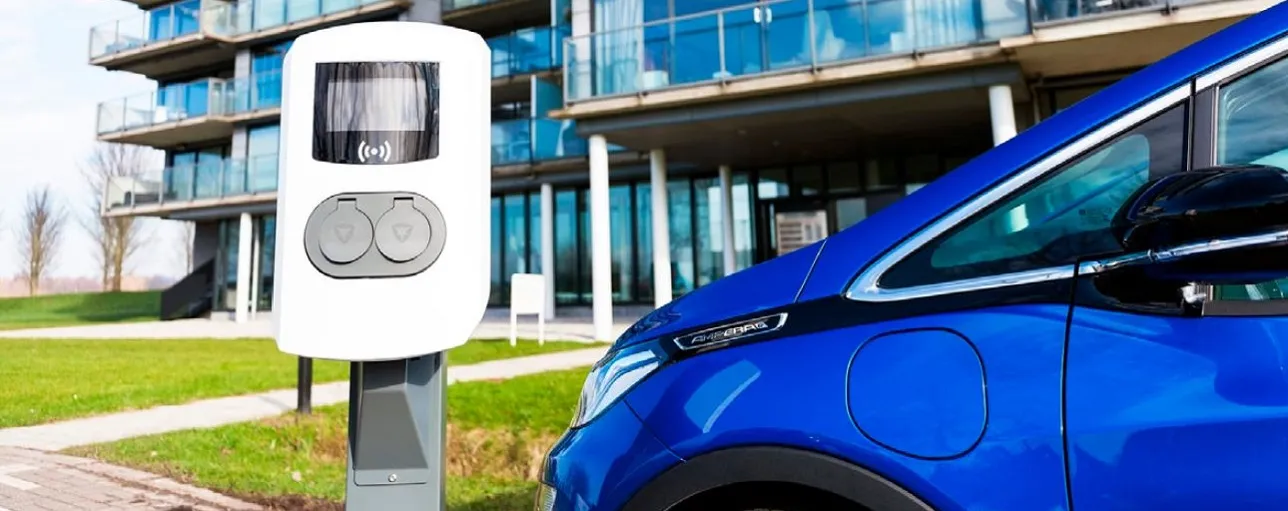Analysis of grid tariff design: what are the characteristics that any future-proof tariff mechanism should possess to accommodate the energy transition
ARNHEM, Netherlands, 4 December 2019 – Vast renewable generation capacity and electricity’s increasing share in energy use (from 19% now to 40% in 2050) will have significant implications for transmission and distribution systems. Challenges will include expanding, reinforcing and upgrading the grid to maintain high reliability, and swiftly determining where reinforcement is most needed to keep up with the rapid deployment of distributed generation.
There is a common understanding that grid tariffs, the mechanism for sharing the costs for building and maintaining the electricity infrastructure between all electricity users and producers, needs to change accordingly. The current mechanism will no longer lead to a fair and cost-reflective distribution of the cost, nor does it provide incentives stimulating an efficient use of the electricity grid.
The fast growth of electricity demand, with potentially high simultaneous use, combined with the fast growth of distributed generation (that, in general, does not coincide with demand), forces us to re-think which grid tariff design is most suitable for a carbon-low future.
When examining markets with the strongest need for tariff redesign, for the residential segment, due to relatively high electric vehicle penetration degrees, an innovative mechanism emerges. In our latest paper we put this this so-called subscription model to the test and explore the characteristics that any future-proof tariff mechanism should possess.
Download the report here.
